Stefan Eichhorn
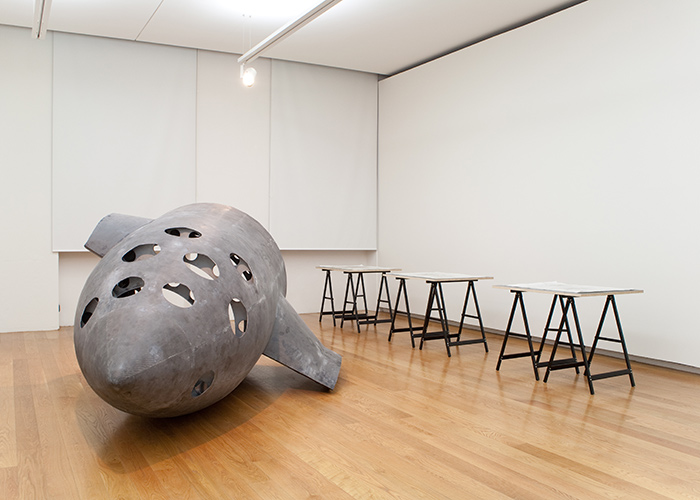
Operation Paperclip, installation view Städtische Galerie Dresden (photo: Philipp Orschler, 2009)
-
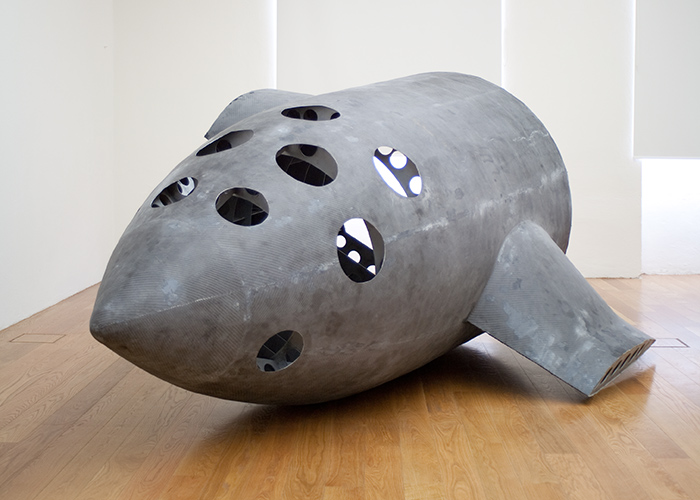
Operation Paperclip, installation view Städtische Galerie Dresden (photo: Philipp Orschler, 2009)
-
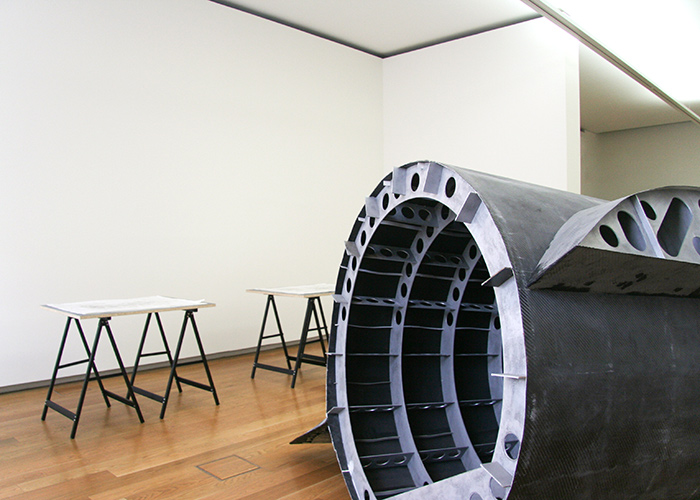
Operation Paperclip, installation view Städtische Galerie Dresden (photo: Philipp Orschler, 2009)
-
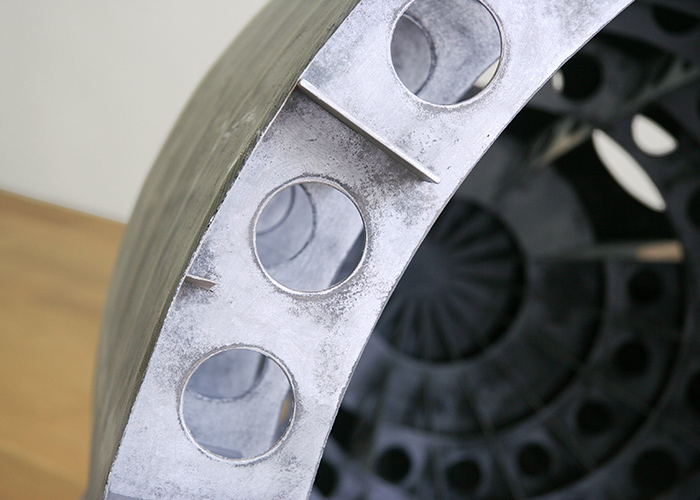
Operation Paperclip, installation view Städtische Galerie Dresden (photo: Philipp Orschler, 2009)
-
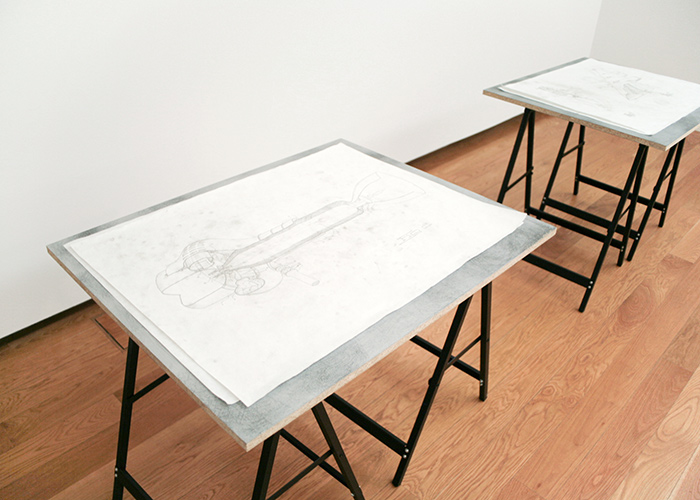
Drawings, installation view (photo: Philipp Orschler, 2009)
-
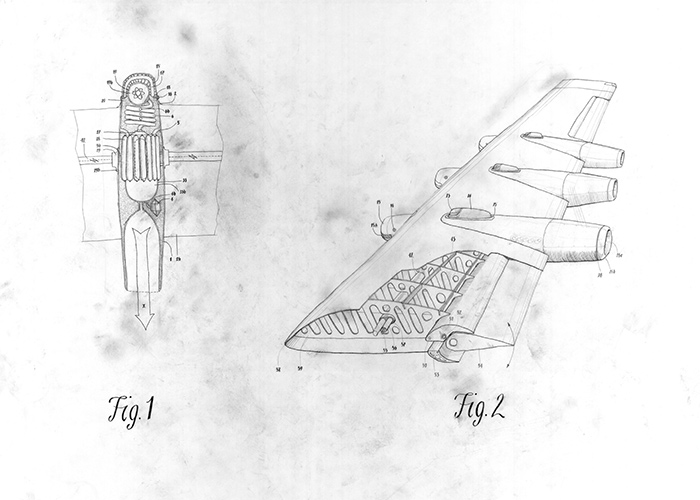
Erfindung, drawing
-
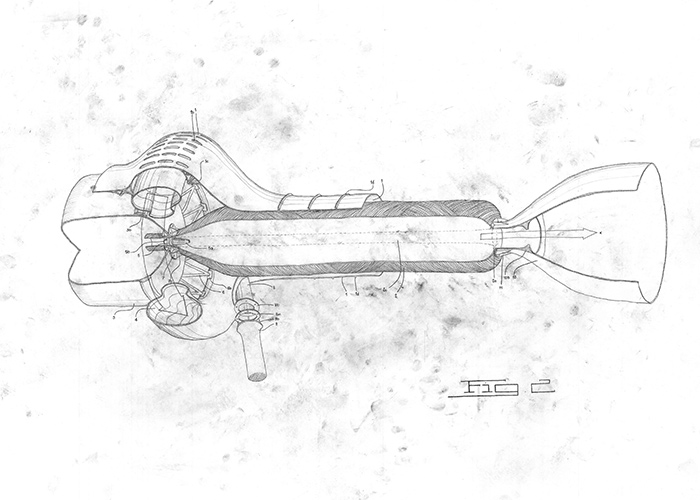
Erfindung, drawing
-
Stefan Eichhorn's work Operation Paperclip resulted from his research into the 1996 X-Prize competition, organized by the American X-Prize Foundation, and the awards ceremony for the first private manned space flight. On September 29, 2004 SpaceShipOne, which belonged to the firm Scaled Composites, reached the required altitude of 100 km as the first of 13 other competitors to win the ten-million-dollar prize money. At the start of the 21st century, the large space-travel firms financed by governments are in a state of crisis. The American Space Agency NASA intends to withdraw its outdated space shuttles from service from 2010, even though the follow-up replacement Orion won't actually be ready until 2014 at the earliest, whereas the European ESA is postponing one mission after another. Private enterprises, such as VirginGalactic or SpaceX, are now seemingly vying with one another to fill this gap by working on the development of privately manned space travel. This situation is comparable with the enthusiasm and optimism surrounding space travel in the 1950s and 1960s—with the difference that now it is all about private- sector interests, not prestige objects for, and military research on behalf of, superpowers engaged in a Cold War. Stefan Eichhorn's Operation Paperclip comprises an object, a fragment of a spacecraft somewhere between completion and destruction, as well as three technical sketches and drawings. On closer scrutiny, it is apparent that we are dealing with a mock-up: the construction remains an empty shell or improvised setting, and the supposed inventions prove to be pure fantasy. The dream of flying ultimately remains a dream in this instance.
Operation Paperclip
2009Object:
Carbon fiber, glass-fiber fabric, epoxy resin, HDF, varnish, cardboard, cloth
Approx. 140 x 240 x 200 cm
Drawings:
Pencil, colored pencil and dirt on paper
Each 60 x 80 cm